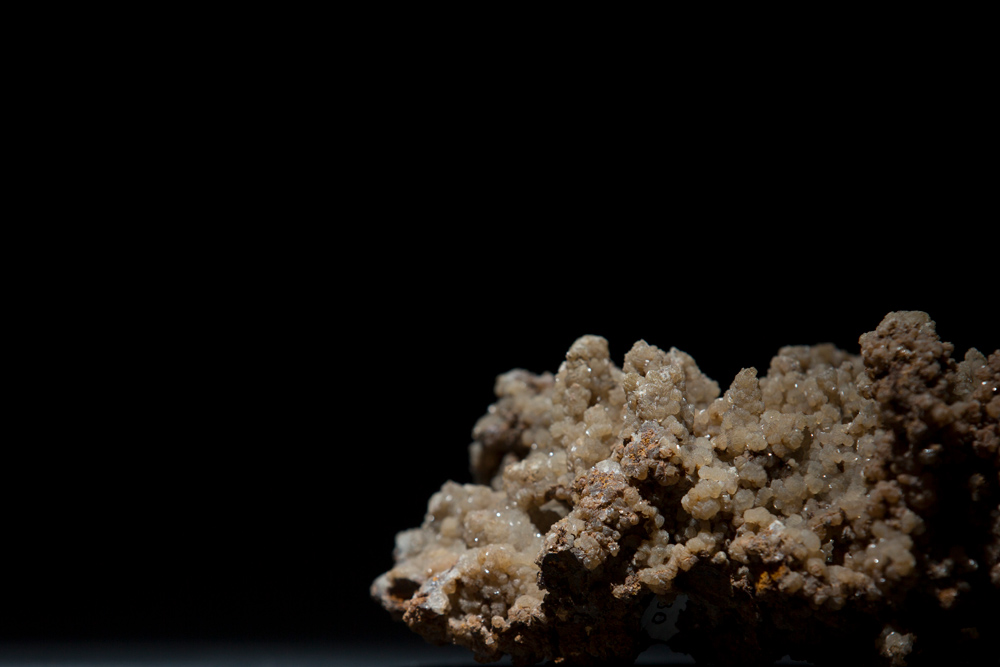Missouri S&T News and Events

Halite from Searles Lake in Trona, California.Head down the hall in McNutt’s first floor and you will stumble upon a hallway dedicated to minerals. First opened in 1904, geosciences and geological and petroleum engineering’s Mineral Museum is an exhibit of gems, gold, fossils and meteor fragments totaling over 3,500 samples from 92 countries.
Pyrite Octahedron from Huanuco, Peru. Donated by Jose E. Arce.
One of the largest collections of minerals in the state, Missouri S&T’s Mineral Museum dates back to the 1904 World’s Fair. After the fair, exhibitors did not want to face the costs of shipping a large collection of minerals back to their original homes. The collection was donated to the care of Dr. George E. Ladd, director of the Missouri School of Mines and Metallurgy between 1897 and 1907.
Cryloite from Ivigtut S.W. Greenland. Donated by Dr. Hans Pauly.
The collection is laid out in the same way students would learn about the minerals in class. It begins with native elements, moves on to sulfides and then calcites.
Calcite from Cumberland, England. Donated by Edward Lyons.
Visitors can see minerals provided by Charles Laurence Dake, geology instructor at Missouri S&T from 1912-21; Col. John Kingston, a Civil War colonel and later surveyor and geologist; and John Wesley Powell, one of the first USGS surveyors and possibly the first person to travel down the Colorado River in the Grand Canyon.
Malachite from an unknown location. Donated by donor number 3470.
“The display is a great teaching tool and living lab; each week I send Mineralogy and Crystallography course students here to review,” says Dr. David Wronkiewicz, associate professor of geology and geophysics at S&T. “And it is not just for geologists; nuclear engineering students come down here with Geiger counters to find which minerals are radioactive, ceramic engineers visit to study raw materials and even history ...
Read More
No comments:
Post a Comment
Note: Only a member of this blog may post a comment.